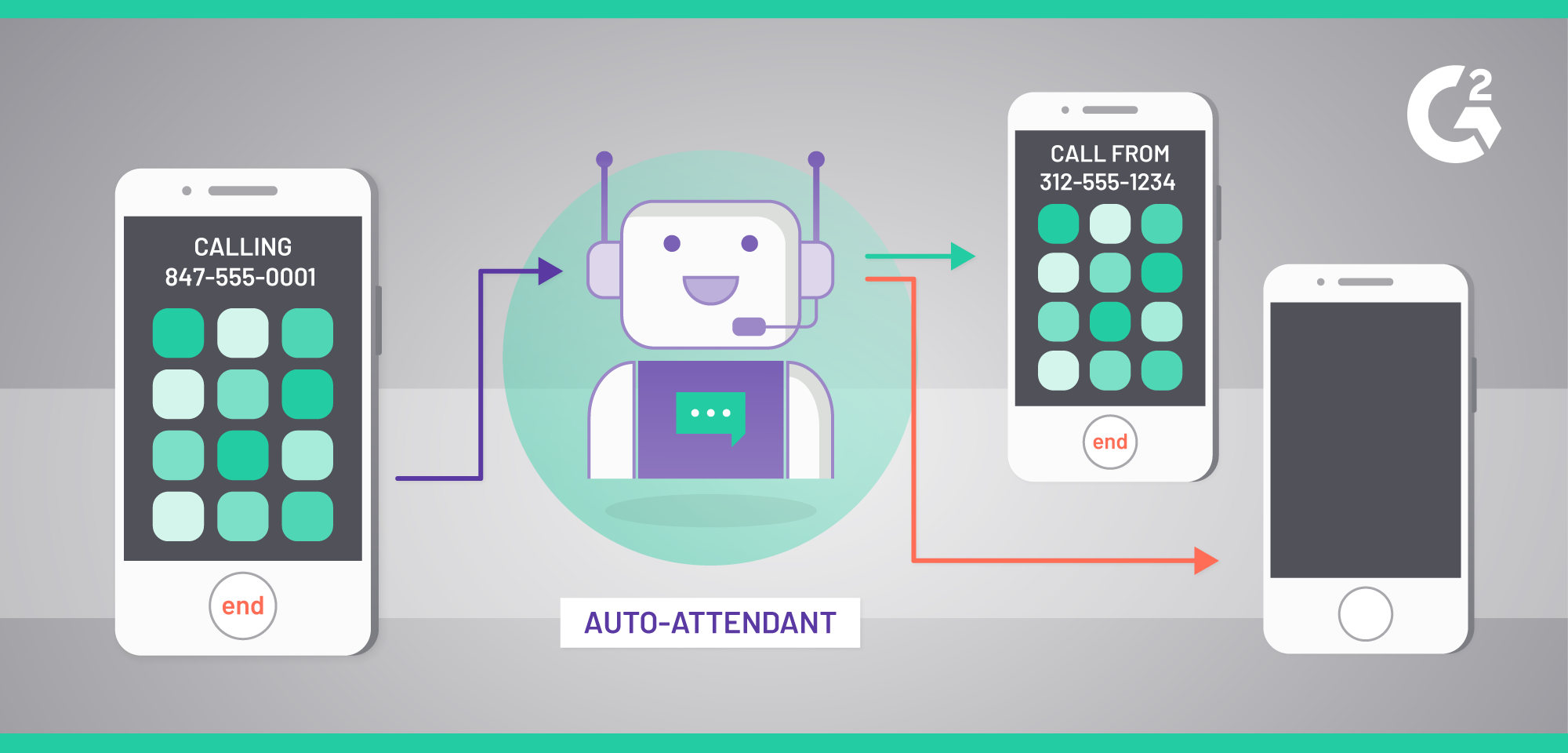

Take a look at how simple it is to add a new resource to your bookmarks by filling the form with autocompleted namespaces/pods/deployments/services names.Īdd a few clusters and bookmark all relevant resources for you. No more issues with failed connection, Kube Forwarder keeps the connection alive while you forward resources. Kube Forwarder has several features that makes it awesome:


Kube Forwarder is an open-source Kubernetes port-forwarding app built on Electron and available for macOS, Windows, and Linux. Working with Multiple clusters also could be tricky.You have to remember namespaces/pods/deployments exact names to forward something.It’s very annoying to re-run command again and again when your connection is not stable or the destination resource kills a connection It’s nice to have a built-in functionality in kubectl, but it could be ok if you use it once per month, but if you use it more often you could mention the following problems: You could forward Redis from the cluster to localhost:7000, access it locally and do whatever you want to do with it.īehind the scene, kubectl uses Kubernetes API that tunnel all traffic to destination resource over a single HTTP connection. For example, if you have Redis installed in the cluster on 6379, by using a command like this: kubectl port-forward redis-master-765d459796-258hz 7000:6379 Generally speaking, using port forwarding you could get on your ‘localhost’ any services launched in your cluster. Port forwarding mostly used for the purpose of getting access to internal cluster resources and debugging. Probably you know that Kubernetes has built-in port forwarding functionality in their CLI.


 0 kommentar(er)
0 kommentar(er)
